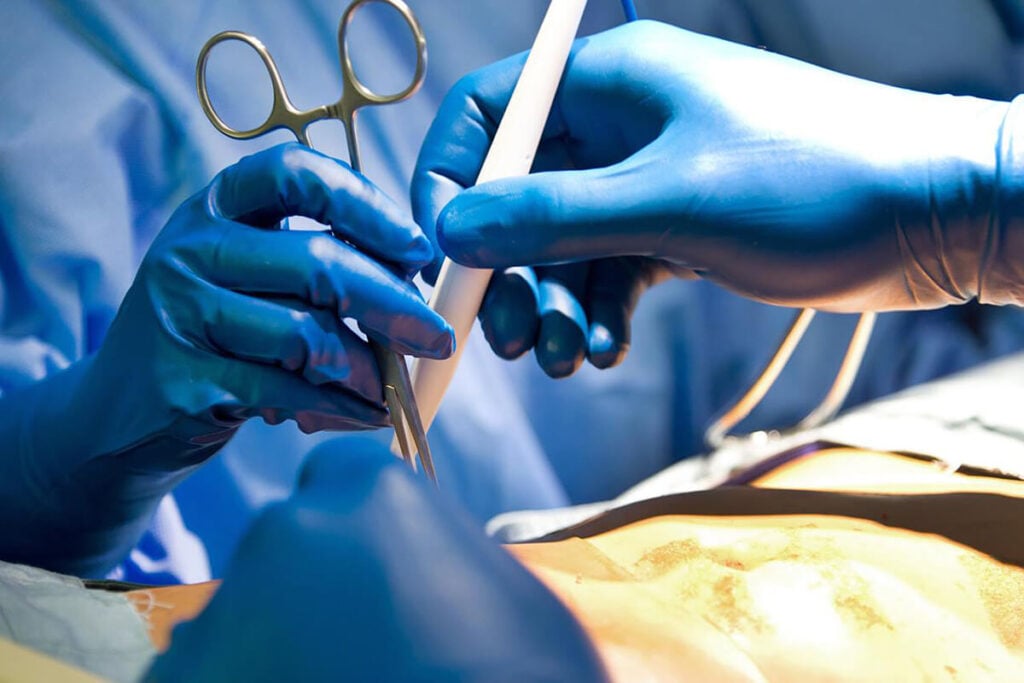Comparison of Effectiveness, Cost, and Safety Among Steam Sterilization, Hydrogen Peroxide Sterilization, and Ethylene Oxide Sterilization

With the widespread adoption of minimally invasive surgical techniques, laparoscopic procedures have gradually replaced 50%–80% of traditional open surgeries, becoming a standard component of surgical practice. However, due to their complex structures and long, narrow lumens, laparoscopic instruments are difficult to sterilize. These instruments are also expensive and often available in limited quantities. Ensuring medical […]
What Is Ethylene Oxide (EO) Sterilization?

Ethylene oxide (EO) sterilization is a widely used chemical sterilization method that eliminates microorganisms by reacting EO gas with their vital cellular components. It is especially suitable for materials and instruments that are sensitive to heat or moisture. 1. How EO Sterilization Works Mechanism of Action:Ethylene oxide achieves sterilization by alkylating functional groups of proteins […]
Understanding Ethylene Oxide (EO) Sterilization: History, Mechanism, Process, and Safety

Historical Background of Ethylene Oxide (EO) Year Milestone 1859 Ethylene oxide was first discovered by Charles Adolphe Wurtz. 1920s–1940s Widely used as a fumigant and pesticide in the food industry (e.g. spices). 1940s–1950s EO was experimentally proven effective for sterilizing medical/lab equipment. 1950s–1960s First commercial EO sterilizers developed for routine hospital use. Present EO is […]
Complete Guide to Ethylene Oxide (EO) Sterilization: Principles, Applications, Regulations, and Alternatives

I. What is Ethylene Oxide Sterilization? Ethylene oxide (EO) sterilization is a broad-spectrum, high-efficiency sterilization method with strong penetrability and minimal damage to materials. EO has the molecular formula C₂H₄O and a molecular weight of 44.05. Its high vapor pressure allows it to penetrate microstructures and reach deep into materials. Both liquid and gaseous EO […]
